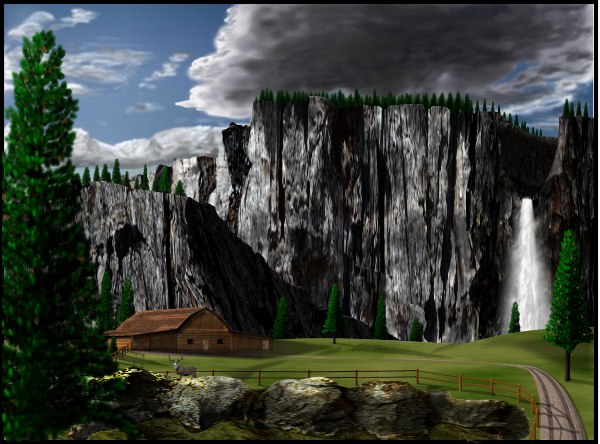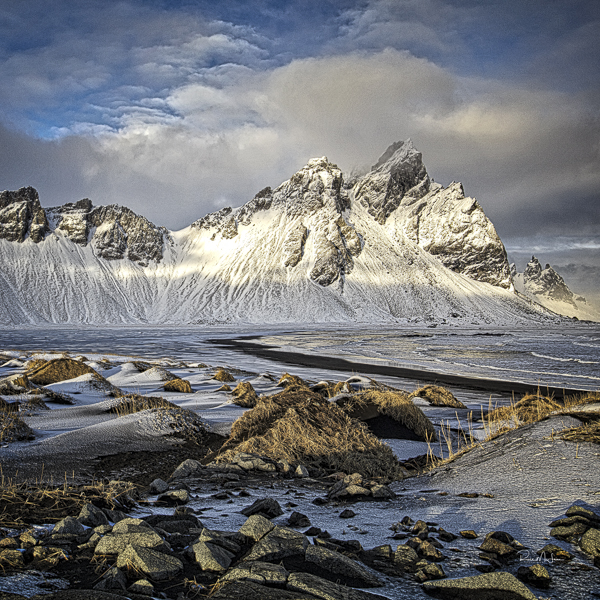

They helped us to understand our relationships to the trees, to the animals and the elements, and their relationships to each other. Traditionally, these genealogical relationships aided our movements through this world. Once born, Tuna was given into the care of Parawhenuamea and Hinemoana, Atua of freshwater and saltwater. That first sacred teardrop became Te Ihorangi, Atua of rain, parent of the hundreds of different forms of rain and snow that each had its own name, and also parent of Tuna, the freshwater eel. It was the union of Tāne te Waiora and Hinetūparimaunga, the Atua of mountains, that brought about Parawhenuamea, personification of freshwater on land. One of his multitude of other forms, however, is Tāne te Waiora – Tāne of the life-giving waters, of light, well-being and prosperity. In this form, Tāne is known as Tāne-Toko-Rangi – Tāne who holds up the sky. It is brought about through the separation of land and sky, held in place through the Atua Tāne, in the form of trees. We can therefore see freshwater as the inevitable consequence of atmosphere, upon which all life depends. Their grief and yearning for each other presents as the teardrops (rain) of Ranginui and the sighs (mist) of Papatūānuku. Freshwater first appears as a consequence of the parting of Ranginui, Sky Father, from Papatūānuku, Earth Mother. Water first manifests in this genealogy as Wainuiātea – the great expanse of water, the gathering of all waters – who was the first partner of Ranginui, the Sky Father.

Our world, Te Ao Māori, is a whakapapa – one vast genealogical chart that connects us as siblings, mutually dependent upon all that surrounds us in this time, and across time. Māori narratives of water are as diverse as they are rich – and so while I acknowledge the commonalities that carry across not just iwi, but also across many Indigenous peoples, I also honour the distinctiveness of my knowing, just as we should honour the distinctiveness of each waterway, and offer this as my own. ‘Waiora’ relates to a sense of well-being across our physical, spiritual, emotional, communal and environmental dimensions, while ‘Wairangi’ describes a state of emotional and mental upheaval.

This linguistic relationship can also help us to understand our traditional perspectives, and the central role that water has played in our sense of identity and well-being. When I speak to wai I speak to myself – and that is not only to acknowledge the inherent understanding that many Māori carry, which is ‘Ko wai mātou – we are water’ – but also that my knowing of wai has been developed through my own distinct exposure to elders, experts and experience. In this excerpt from the new book Mountains to Sea: Solving New Zealand’s Freshwater Crisis, Tina Ngata talks about the whakapapa of life-giving freshwater.


 0 kommentar(er)
0 kommentar(er)
